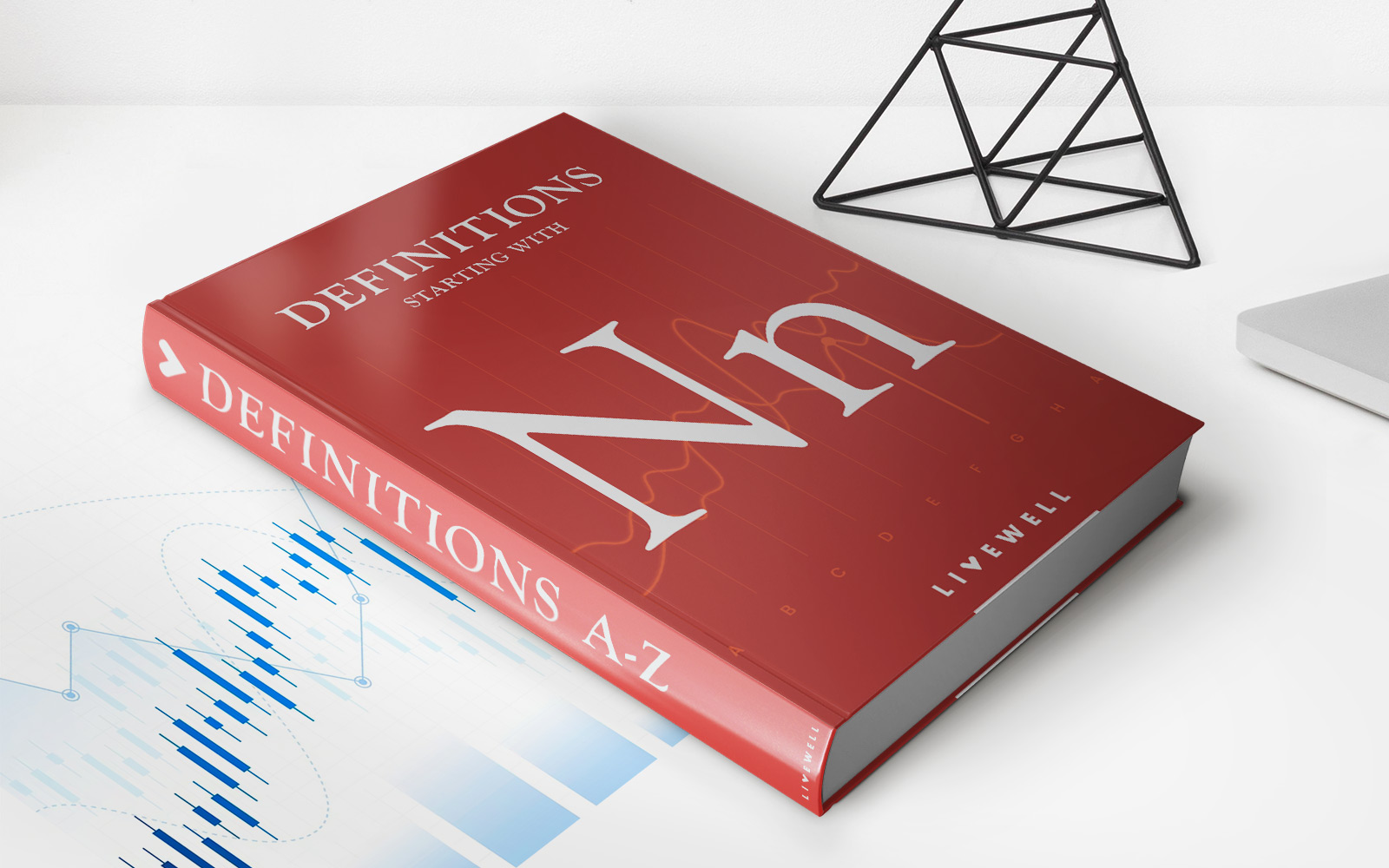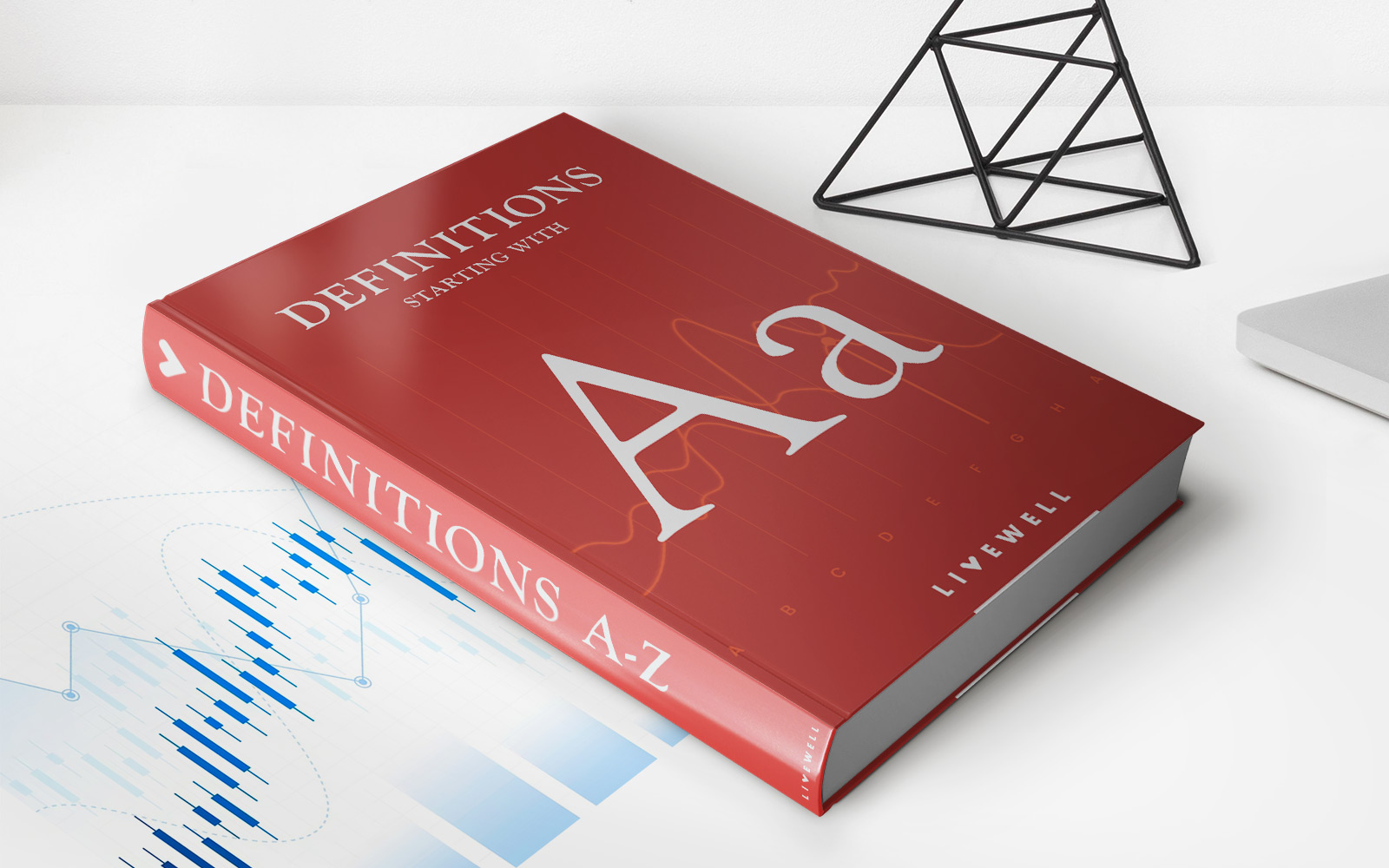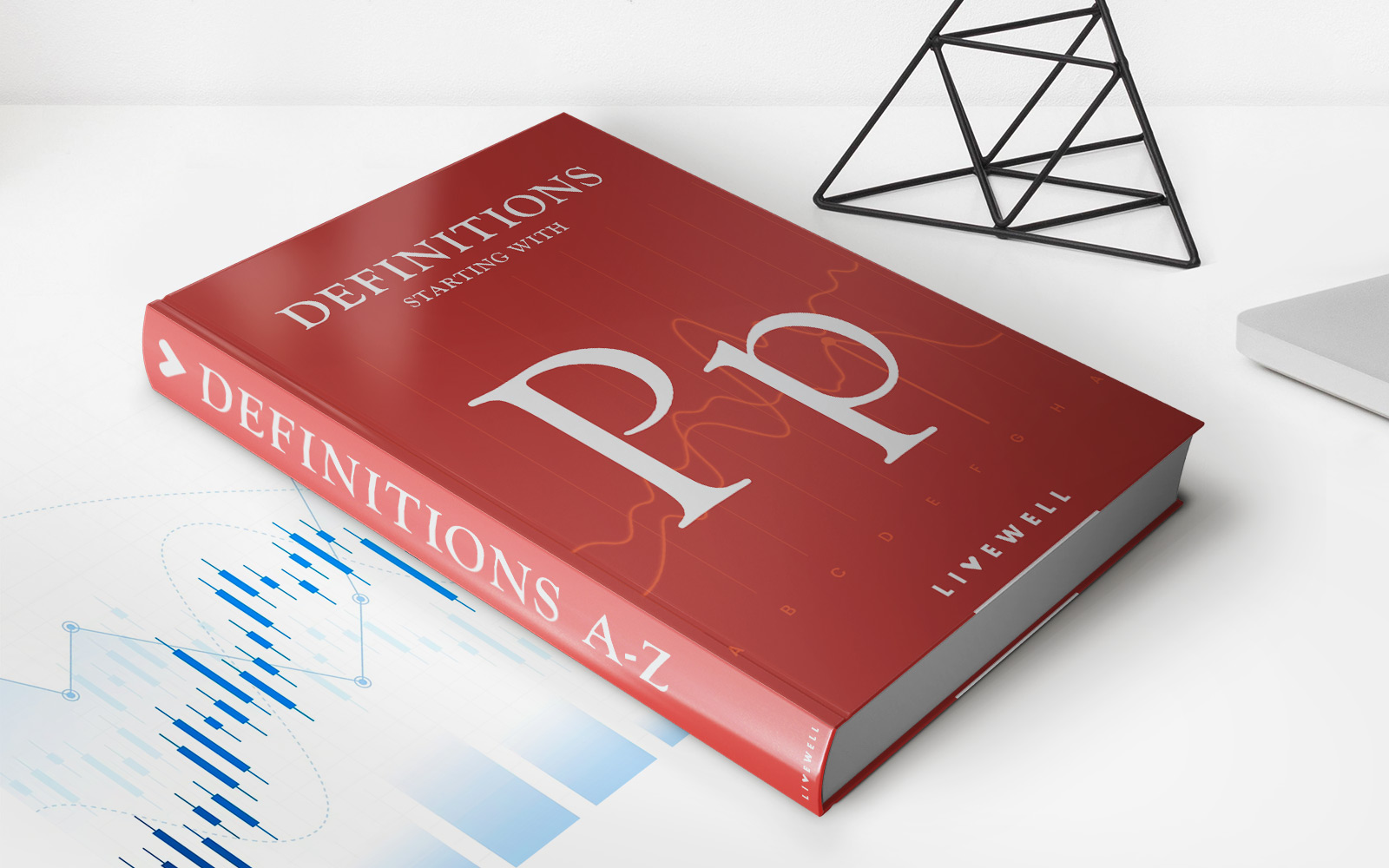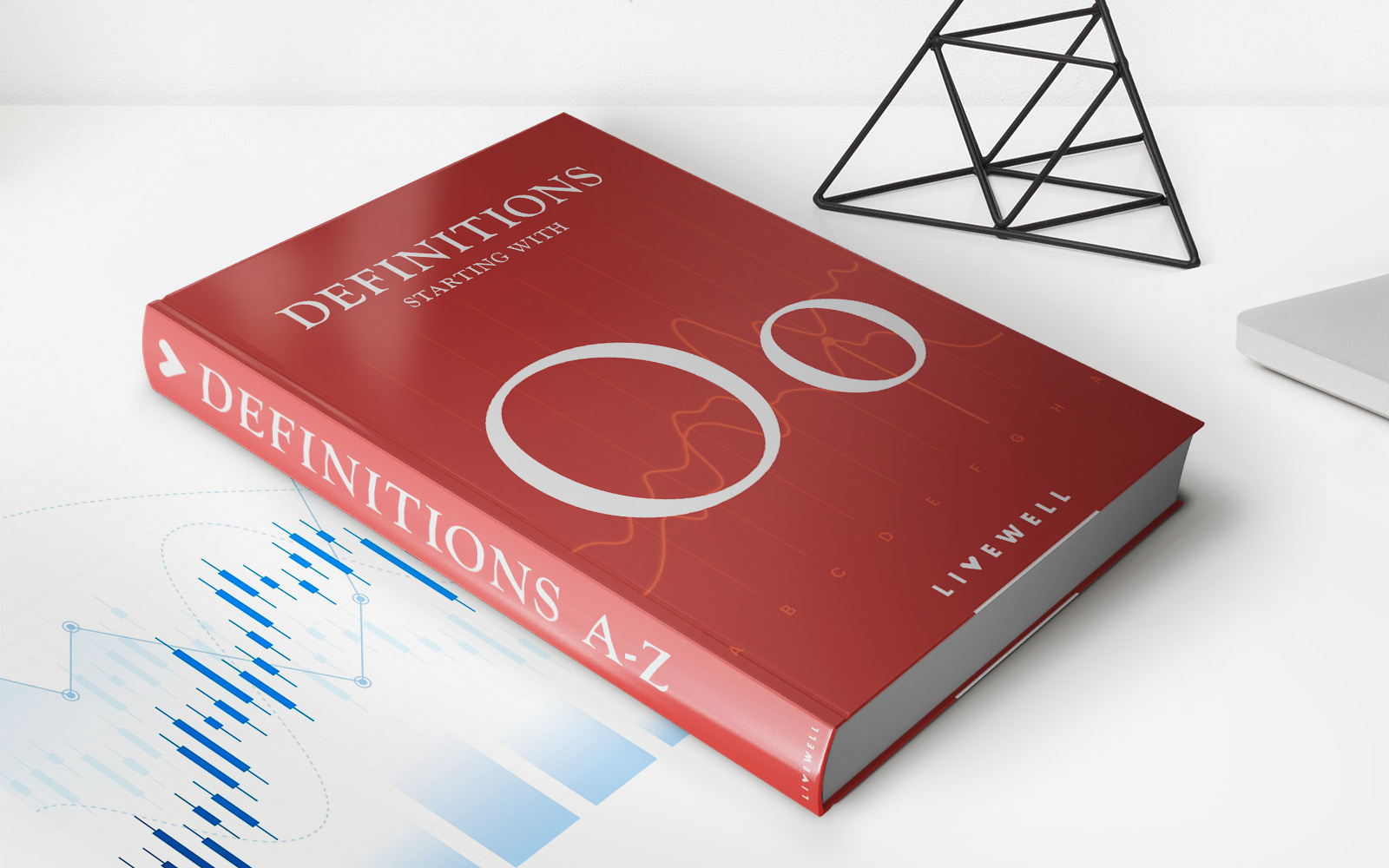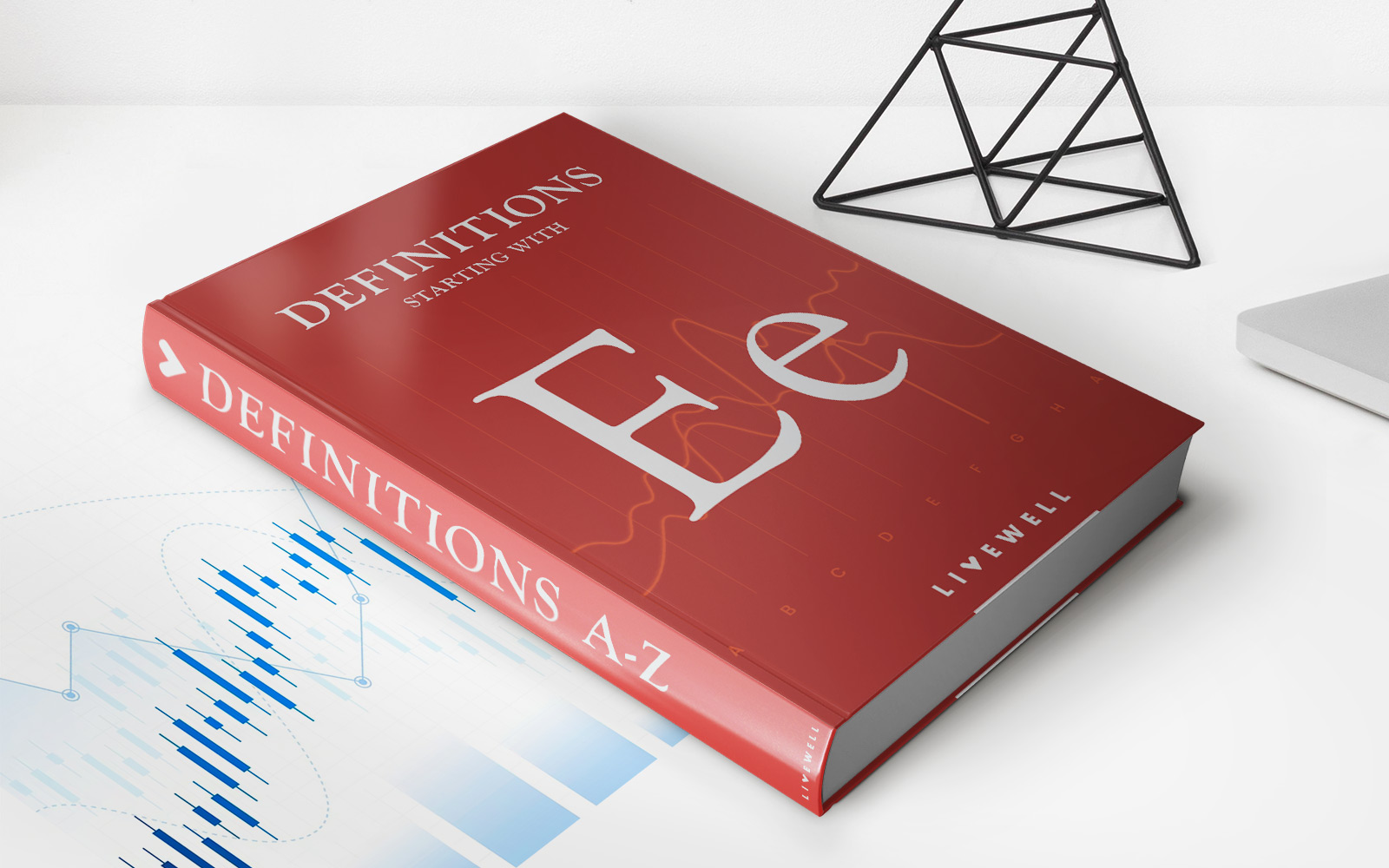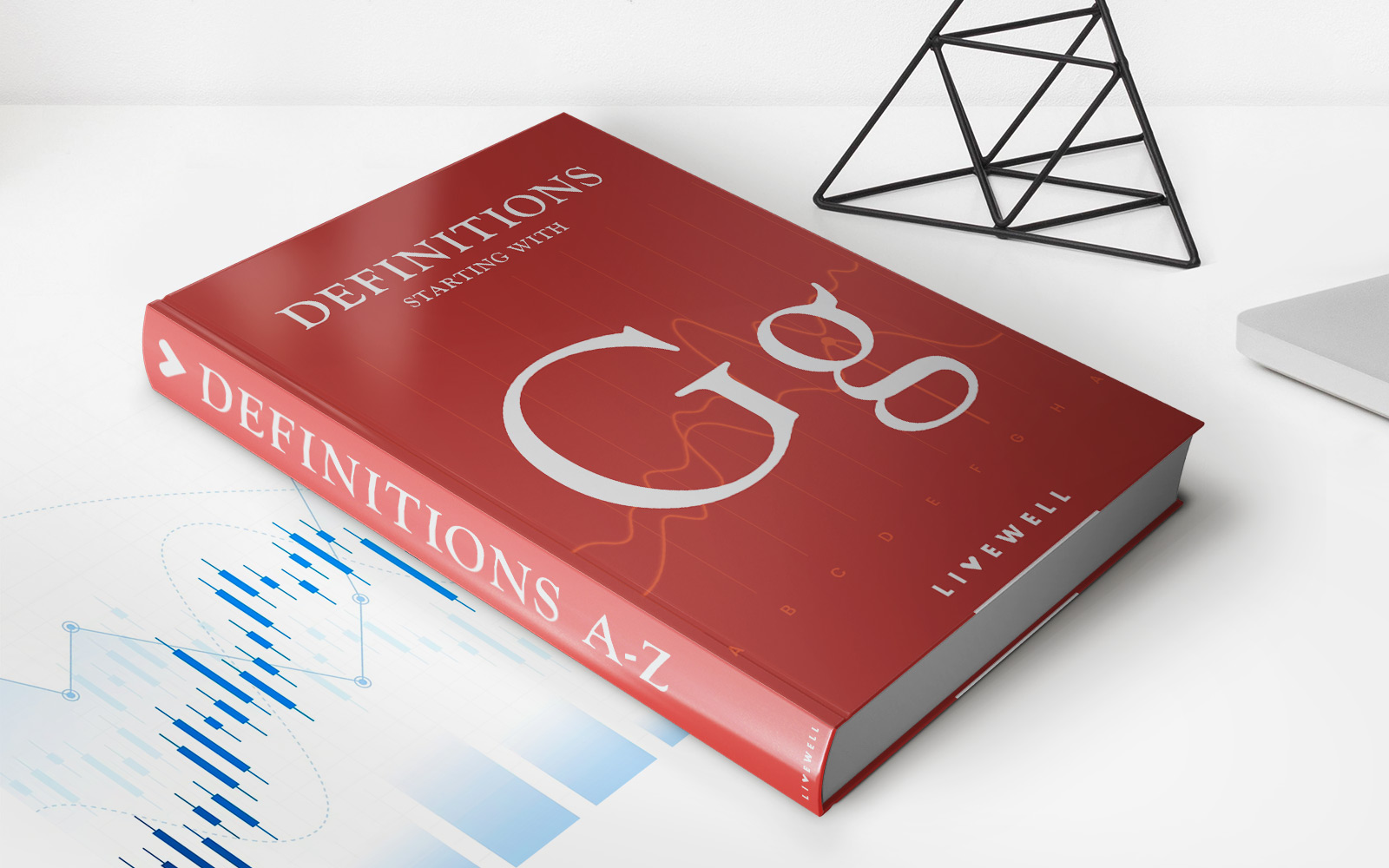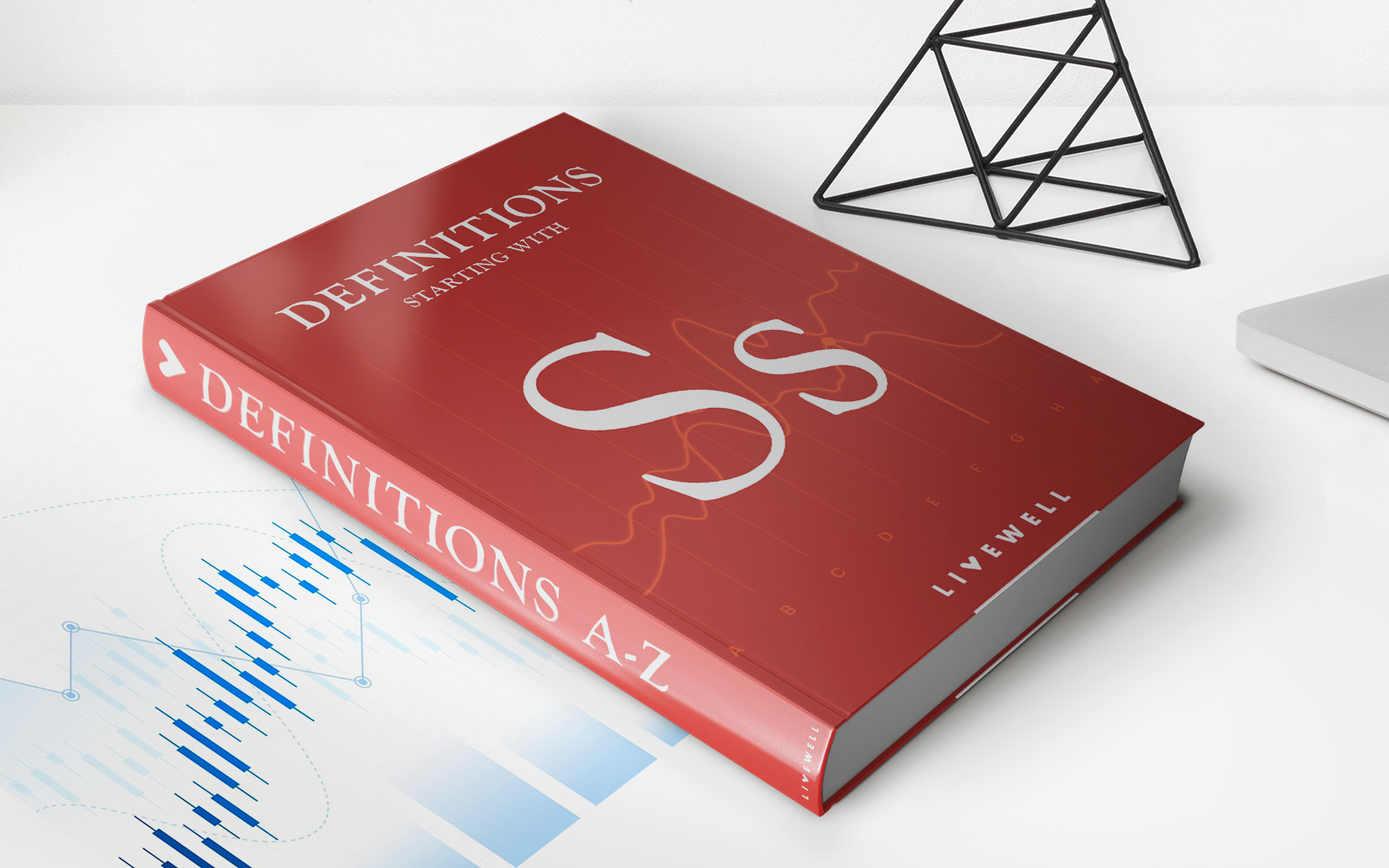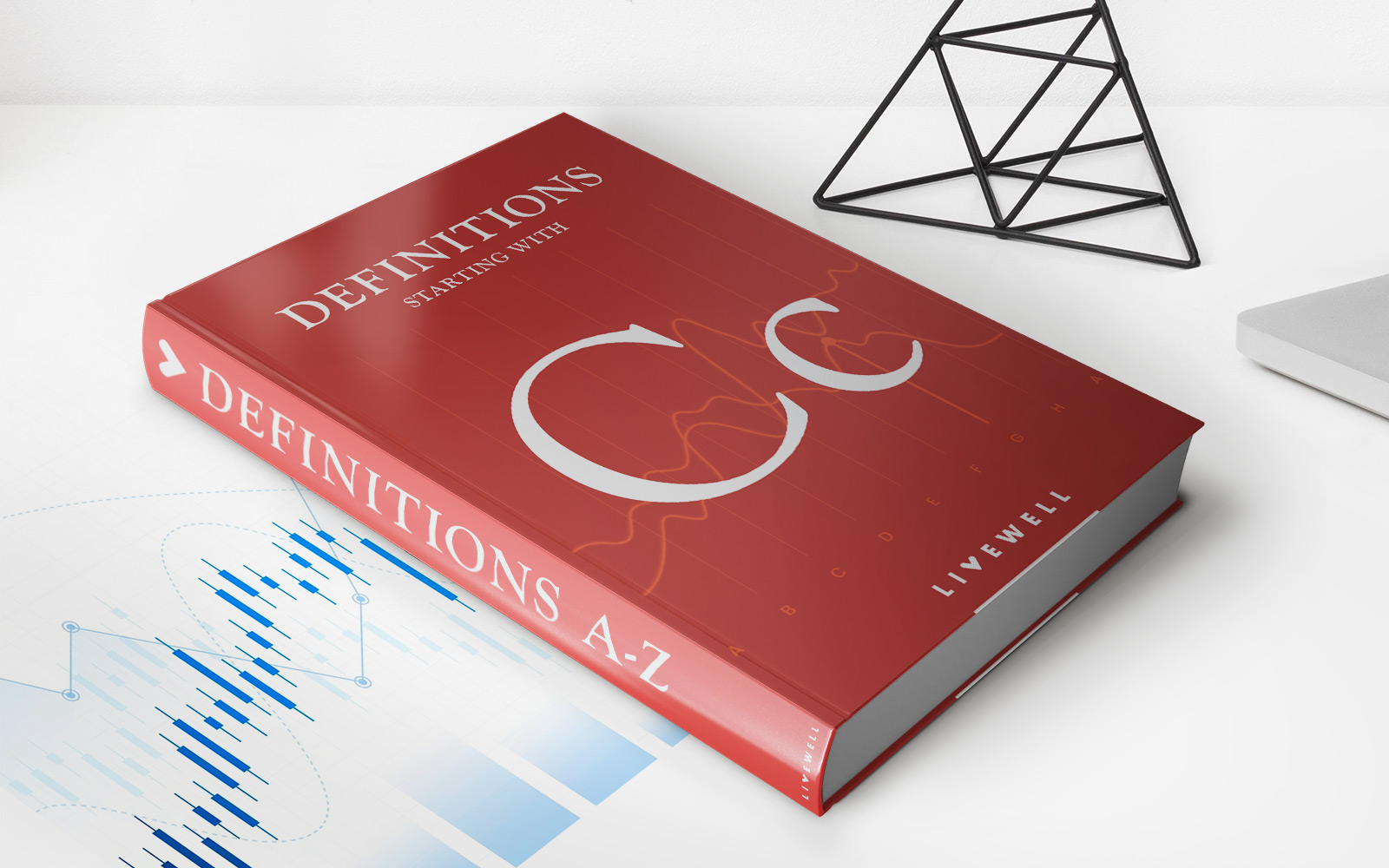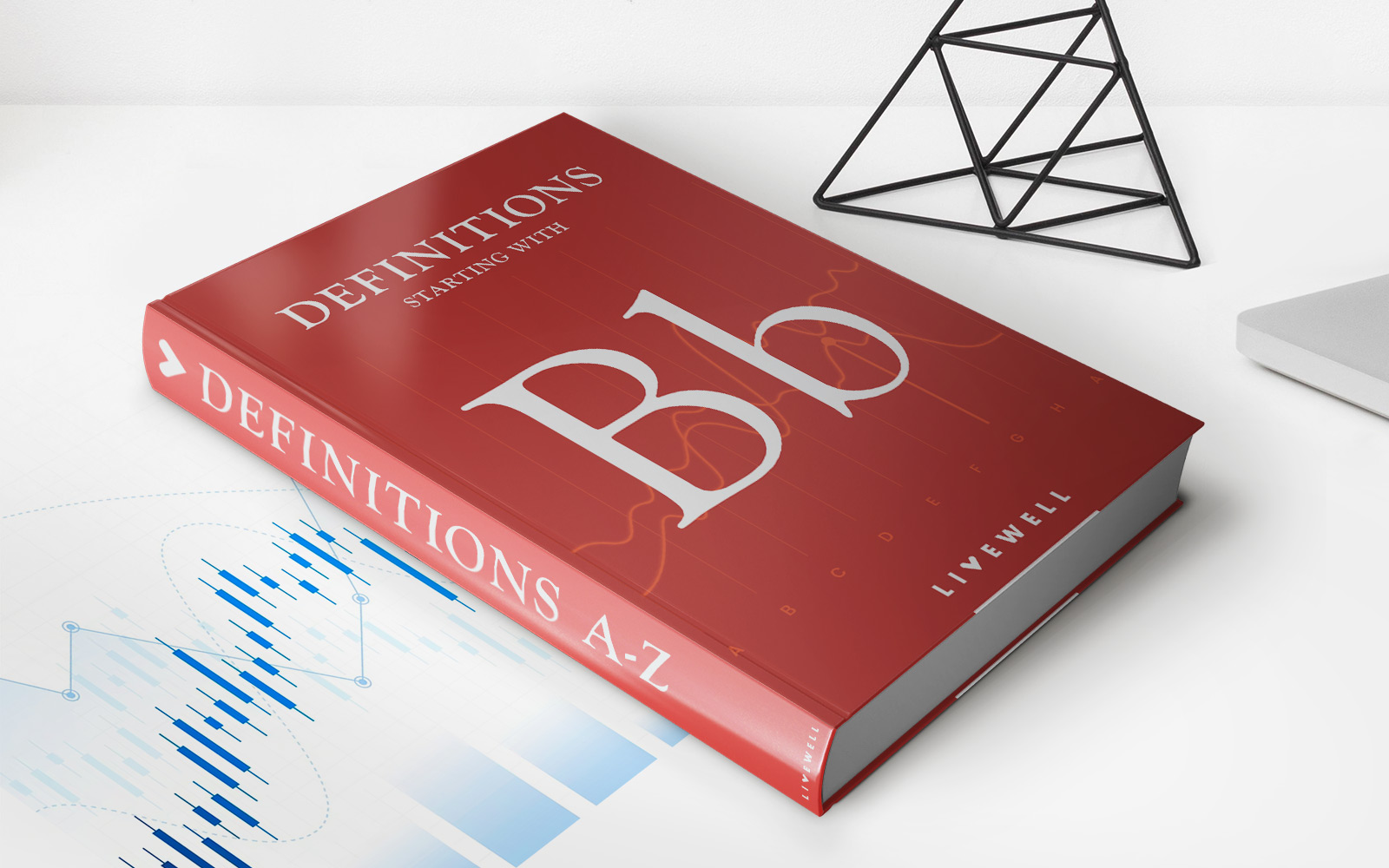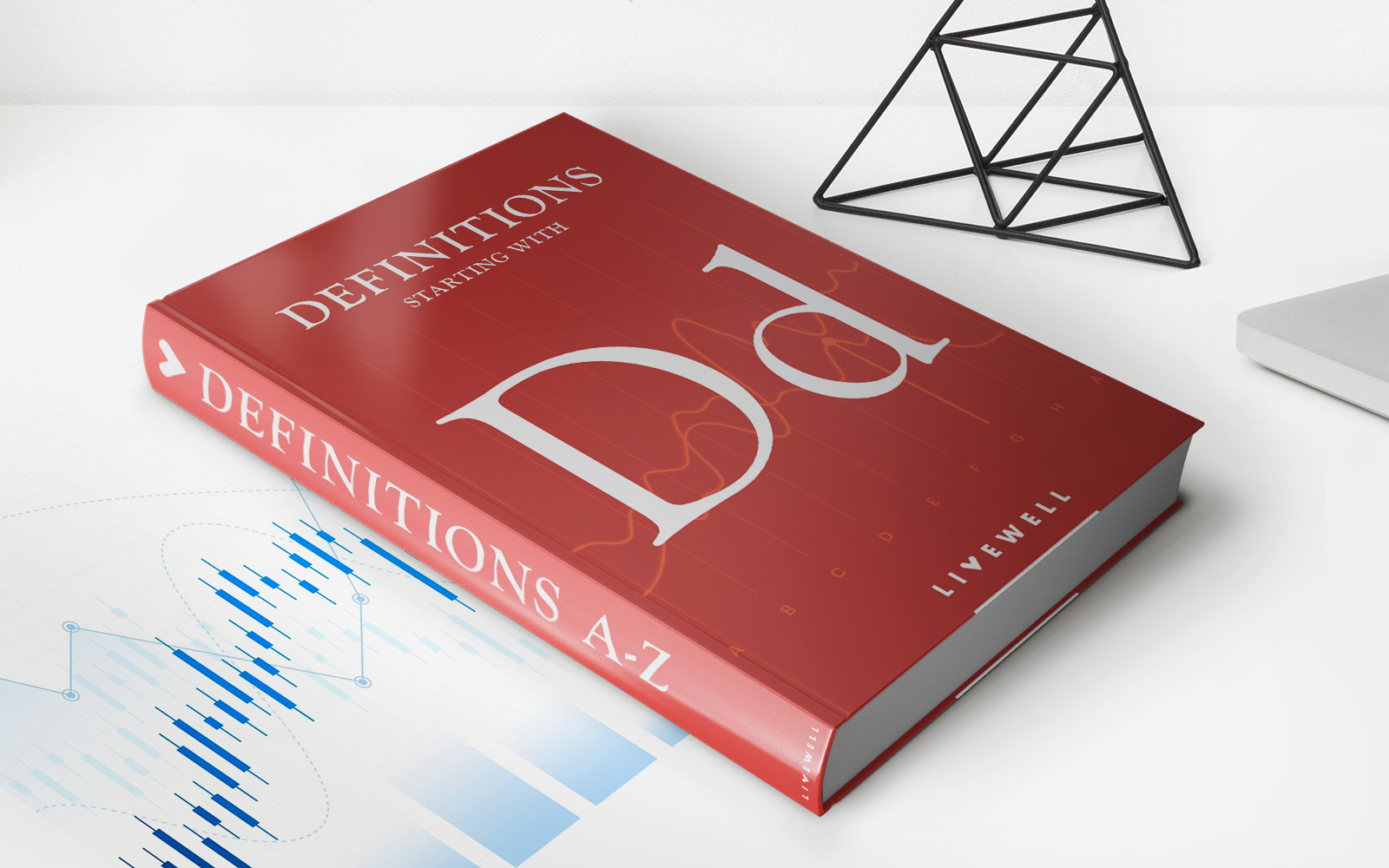Home>Finance>Gilt-Edged Securities: Definition, History, And Current Uses
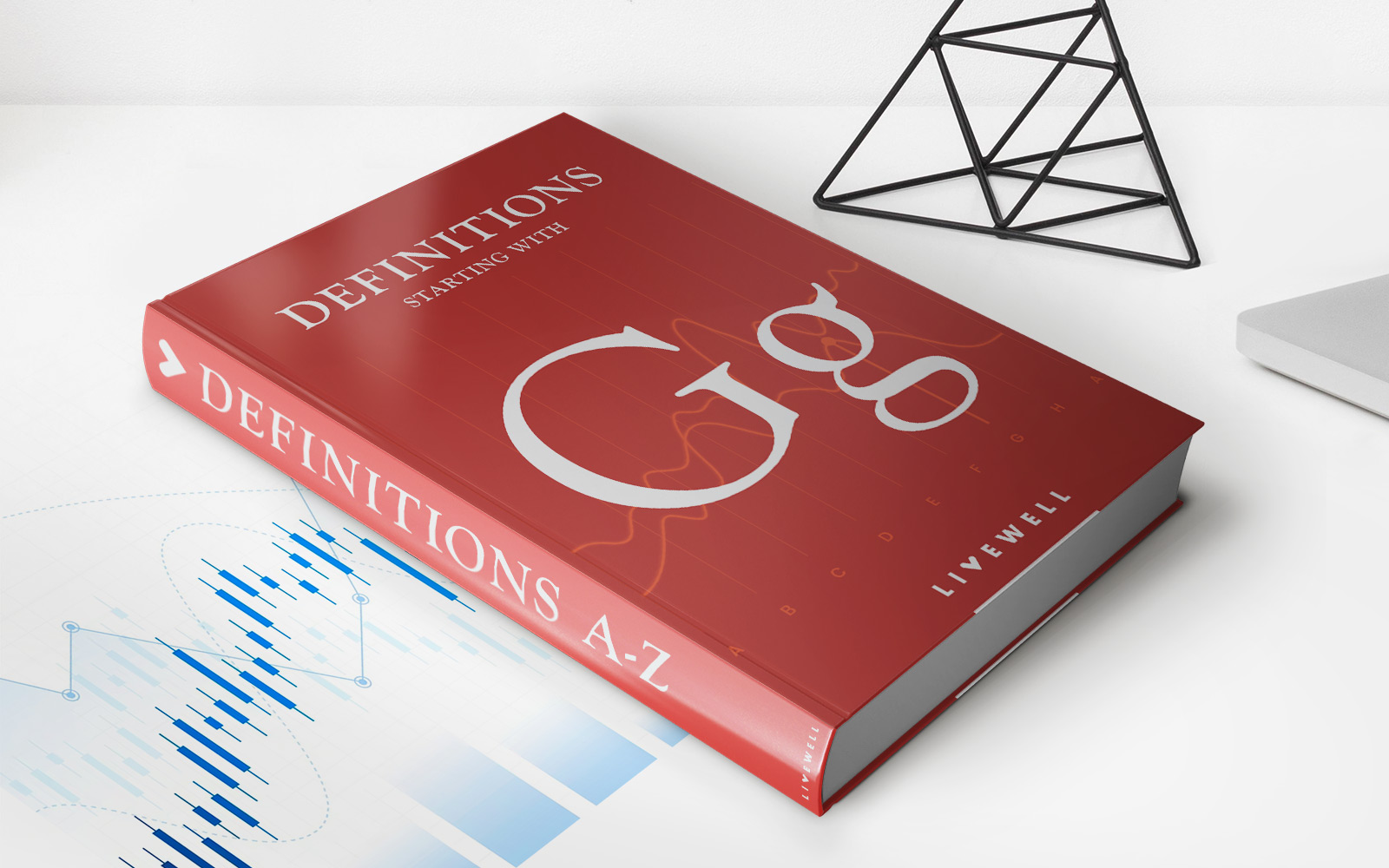

Finance
Gilt-Edged Securities: Definition, History, And Current Uses
Published: November 30, 2023
Discover the definition, history, and current uses of gilt-edged securities in the world of finance. Enhance your knowledge with our comprehensive guide!
(Many of the links in this article redirect to a specific reviewed product. Your purchase of these products through affiliate links helps to generate commission for LiveWell, at no extra cost. Learn more)
Gilt-Edged Securities: Definition, History, and Current Uses
When it comes to investment options, Gilt-Edged Securities often catch the eye of savvy investors. But what exactly are they, and why are they such a popular choice in the world of finance? In this blog post, we will explore the definition and history of gilt-edged securities, while also diving into their current uses. So, sit back, relax, and let’s explore the intriguing world of gilt-edged securities together.
Key Takeaways:
- Gilt-edged securities are bonds issued by governments, often considered to be low-risk investments.
- They are called “gilt-edged” due to the historically used gilding on the edges of the bond certificates.
Now that we know the key takeaways, let’s dig deeper into the topic. Gilt-edged securities are bonds that are issued by governments or government-backed institutions, such as treasury departments or central banks. These bonds are often considered to be low-risk investments due to the financial stability associated with government backing.
The term “gilt-edged” itself is quite interesting. Historically, bond certificates had gilded edges, adding a touch of elegance and sophistication. Over time, the term “gilt-edged” became synonymous with top-quality bonds issued by governments.
Gilt-edged securities have a rich history that dates back centuries. In fact, the concept of government-issued bonds has been around since at least the 17th century. Initially, these bonds were used to fund wars, allowing governments to raise funds quickly to cover expenses. Over time, the issuance of gilt-edged securities expanded to provide governments with a reliable source of financing for various projects.
Today, gilt-edged securities serve several important purposes:
- Government Financing: Governments often issue gilt-edged securities to finance public projects, such as infrastructure development, healthcare initiatives, or educational programs. By issuing these bonds, governments can raise capital while offering investors a safe and reliable investment option.
- Central Bank Operations: Gilt-edged securities are also an essential tool for central banks to manage monetary policies effectively. Central banks can use these securities to conduct open market operations, influencing interest rates and the money supply in the economy.
- Investment Portfolio Diversification: Many investors include gilt-edged securities in their investment portfolios as a way to diversify their holdings. These bonds provide a stable and low-risk investment option, often serving as a safe haven during times of economic uncertainty.
- Risk-Free Rate Benchmarks: Gilt-edged securities are utilized by financial institutions and investors as a benchmark for the risk-free rate of return. By understanding the yield on these bonds, market participants can evaluate the attractiveness of other investment options.
In conclusion, gilt-edged securities have a long and fascinating history. From their gilded edges in the past to their current uses as government funding tools, they continue to carry the aura of safety and stability. Investing in these bonds allows individuals and institutions to support government projects while enjoying the benefits of minimal risk.
Whether you’re an investor looking to diversify your portfolio or a financial institution in search of reliable benchmarks, gilt-edged securities offer an appealing option. So, consider exploring this prestigious corner of the financial world and discover the potential benefits they hold for you.
